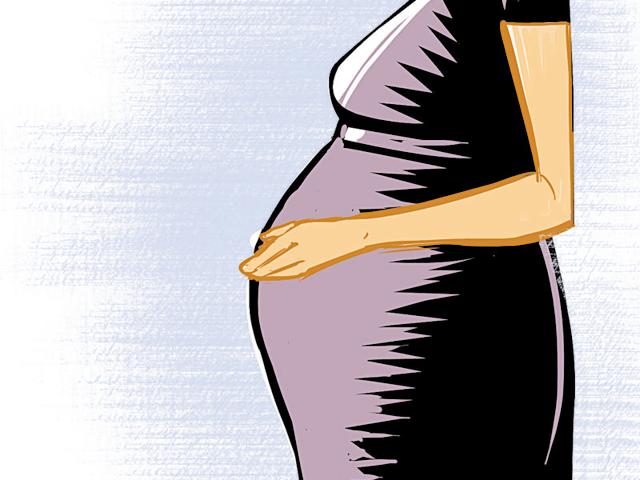Fertility rate down to 1.4 in 2011 from 2.5 in 1993
The total fertility rate (TFR) — the number of children born to a woman in her lifetime — in Mumbai dropped from 2.5 to 1.4 between 1993 and 2011, according to a study by the International Institute of Population Sciences (IIPS), Deonar.
The total fertility rate (TFR) — the number of children born to a woman in her lifetime — in Mumbai dropped from 2.5 to 1.4 between 1993 and 2011, according to a study by the International Institute of Population Sciences (IIPS), Deonar. India’s TFR declined from 3.6 to 2.4 in the same period. According to the United Nations , Japan had a fertility rate of 1.41 in 2012 — one of the lowest in the world.

Mumbai, covering the city and the suburban parts, has the lowest fertility rate in the state. Parbhani, in Marathwada, has the highest TFR in Maharashtra — 2.5. The figures for Bihar and Uttar Pradesh are 3.5 and 3.4 — the highest in the country.
The authors of the paper said that Mumbai’s TFR figure would not have decline significantly since 2011. “This means that on an average, each woman in Mumbai has fewer than two children,” said Dr Sanjay Mohanty, co-author of the study and professor at IIPS.
Researchers attributed the decline in the TFR to factors such as increase in the usage of contraception among women over the years, rise in abortions, improved female literacy rate and professional goals. The authors of the study said that 60% of women in Mumbai use one or the other form of birth-control measure. The study was published in the international journal Demographic Research.
While the TFR has declined, experts said that a TFR of 2.1 is the most conducive for population stablisation. Doctors said they were not surprised by the decline in fertility rates. “There have been aggressive family planning initiatives of the years. Moreover, the HIV infection scare in the country during the late 90s had increased the usage of barrier contraceptives such as condoms,” said Dr Hrishikesh Pai, secretary of Federation of Obstretics and Gynaecology Society.
Nandita Palshetkar, gynaecologist at Lilavati Hospital, Bandra, said that rising rates of infertility due to lifestyle habits could also be responsible for the falling fertility rate.
The demographic study said that a TFR below 1.5 means that the elderly population in the city is gradually increasing.
However, Dr Irudaya Rajan, demographer at Centre for Development Studies, Thiruvananthapuram, said the increase in TFR does not affect the ageing population right away. “They (the youth) are not able to bring their parents or even the wife along as the cost of living is very high,” said Dr Rajan.



